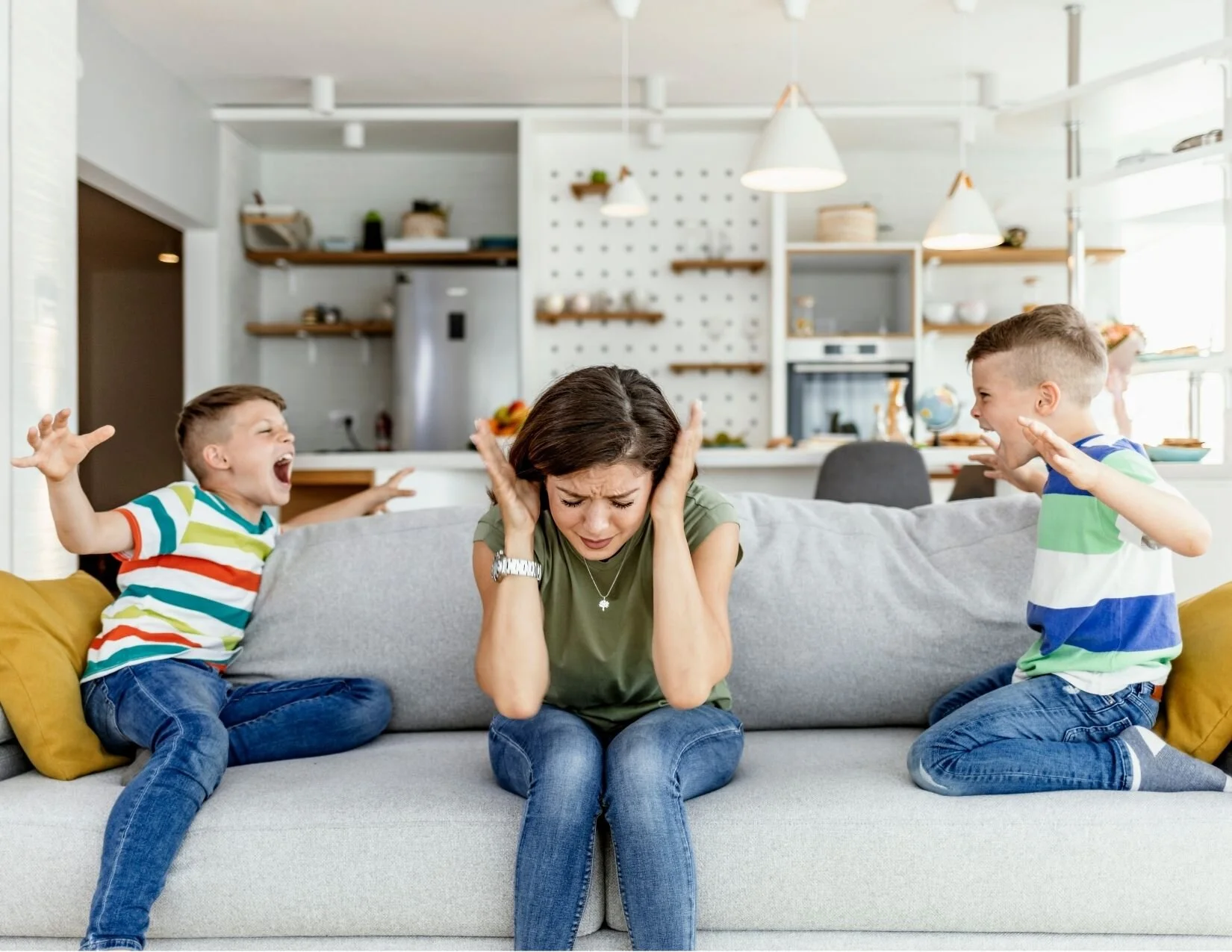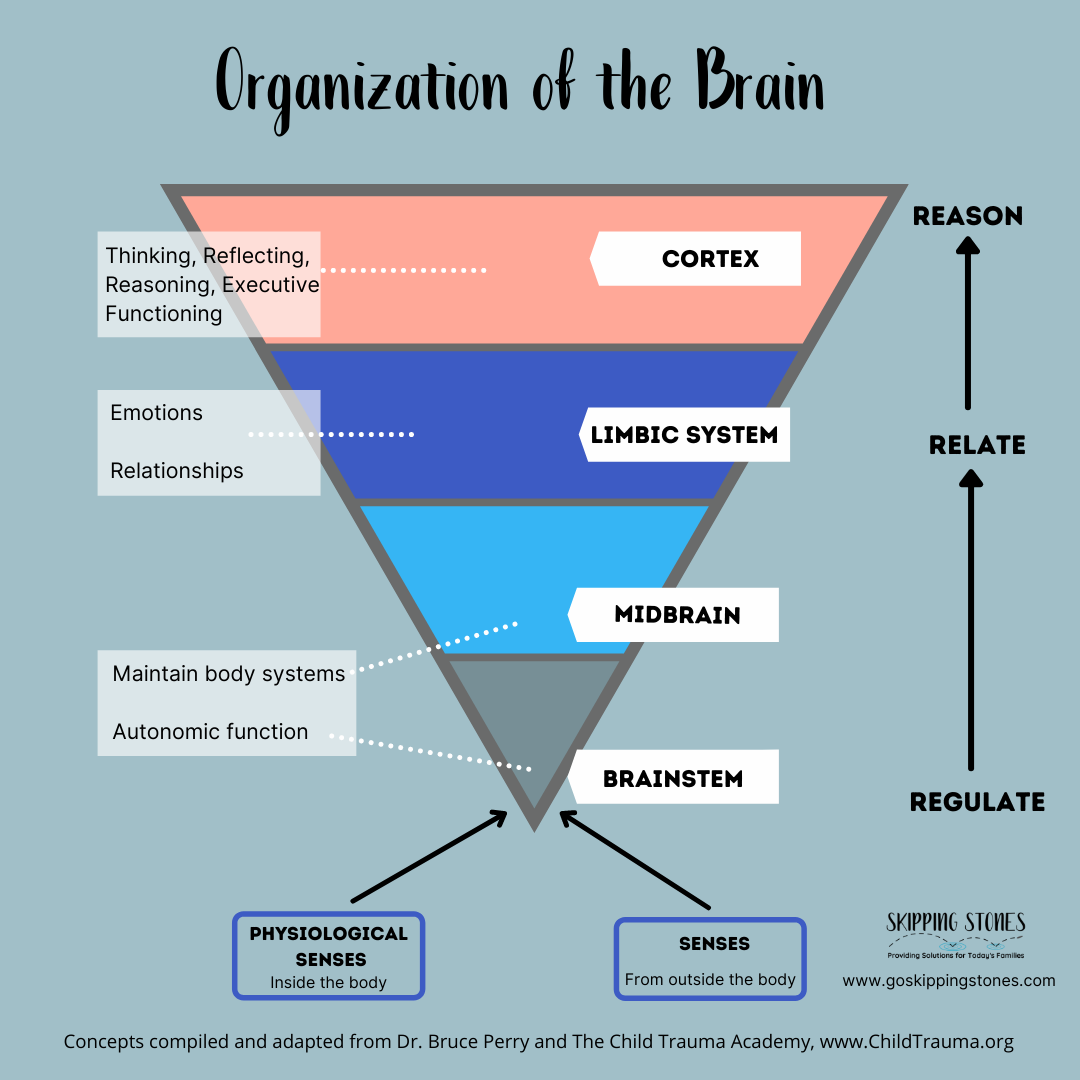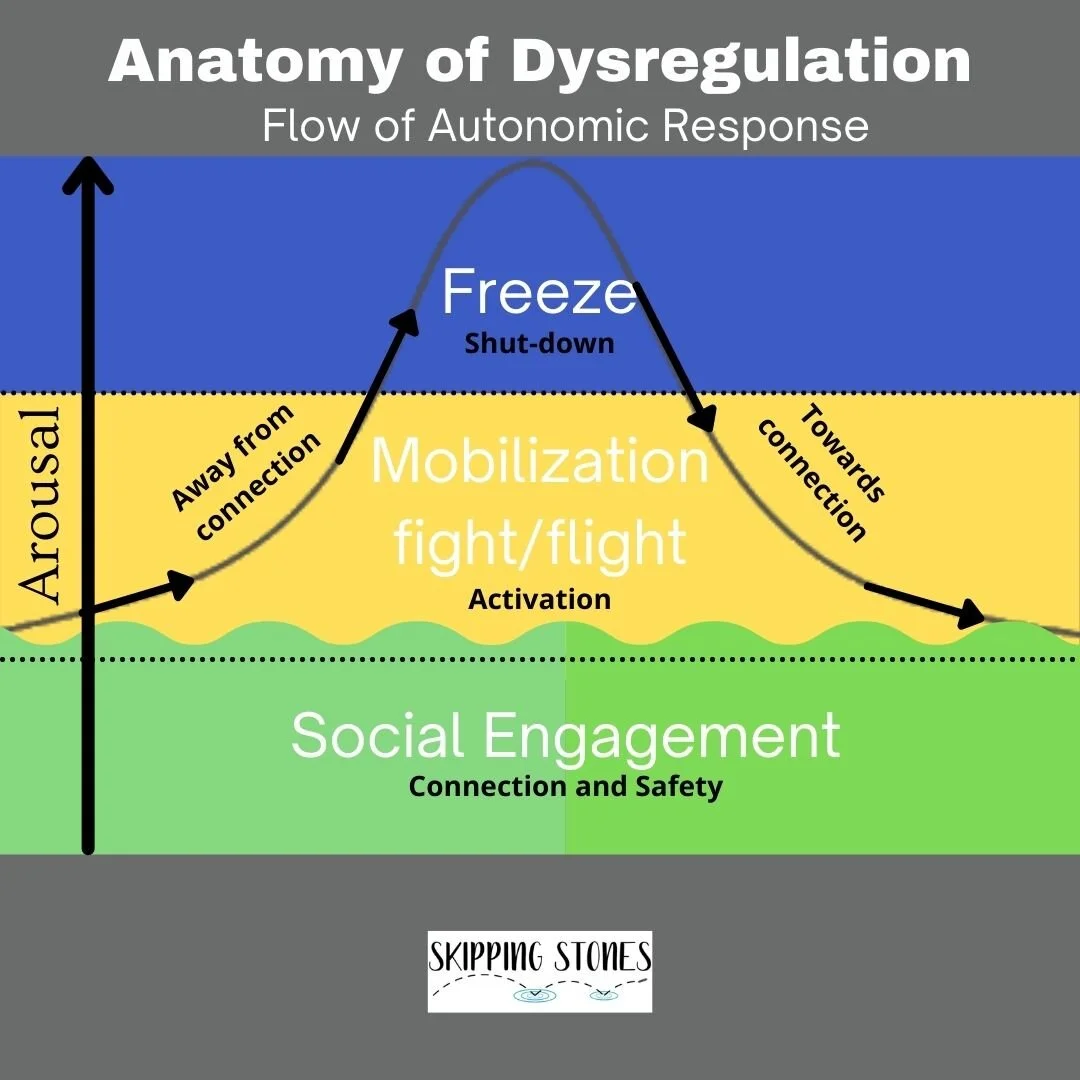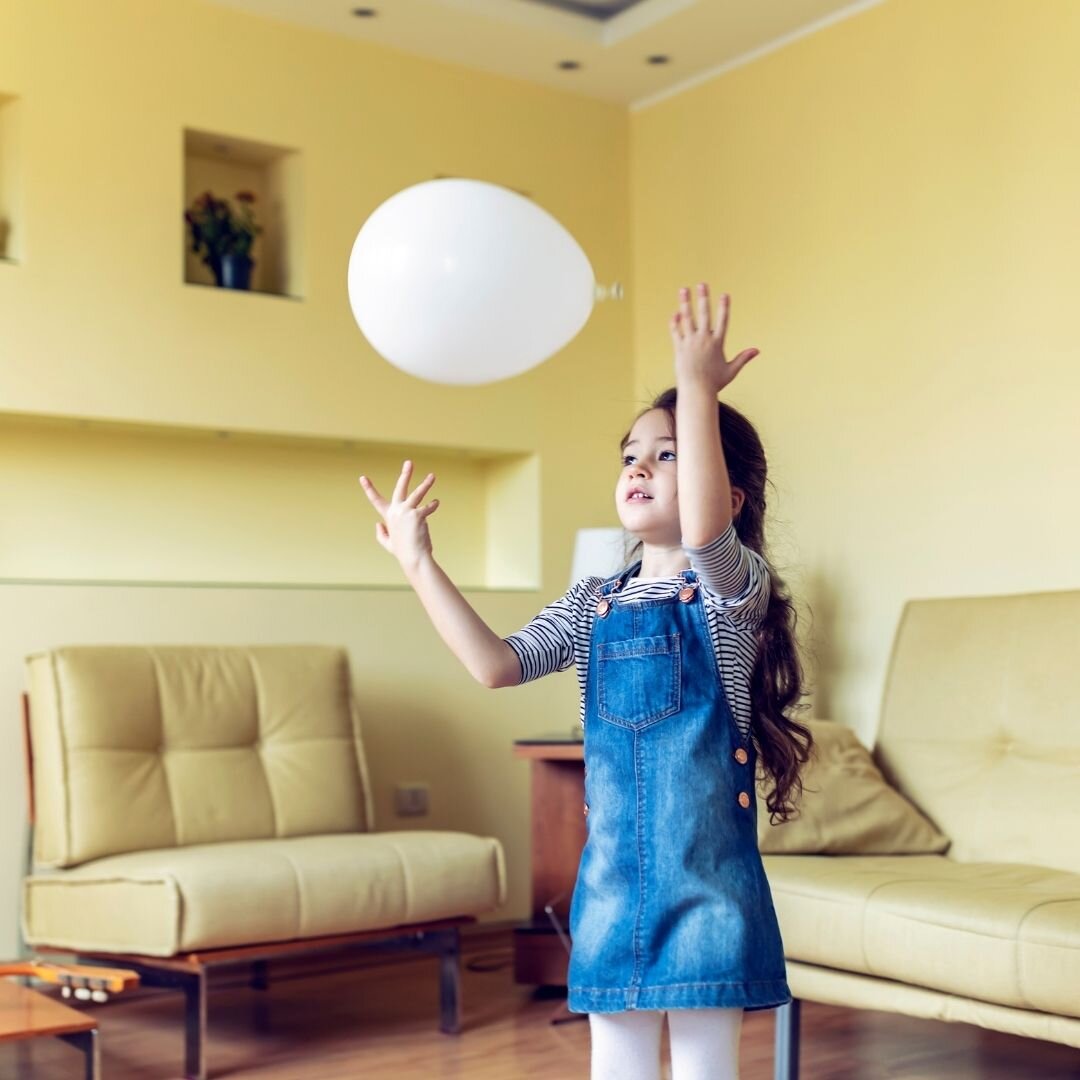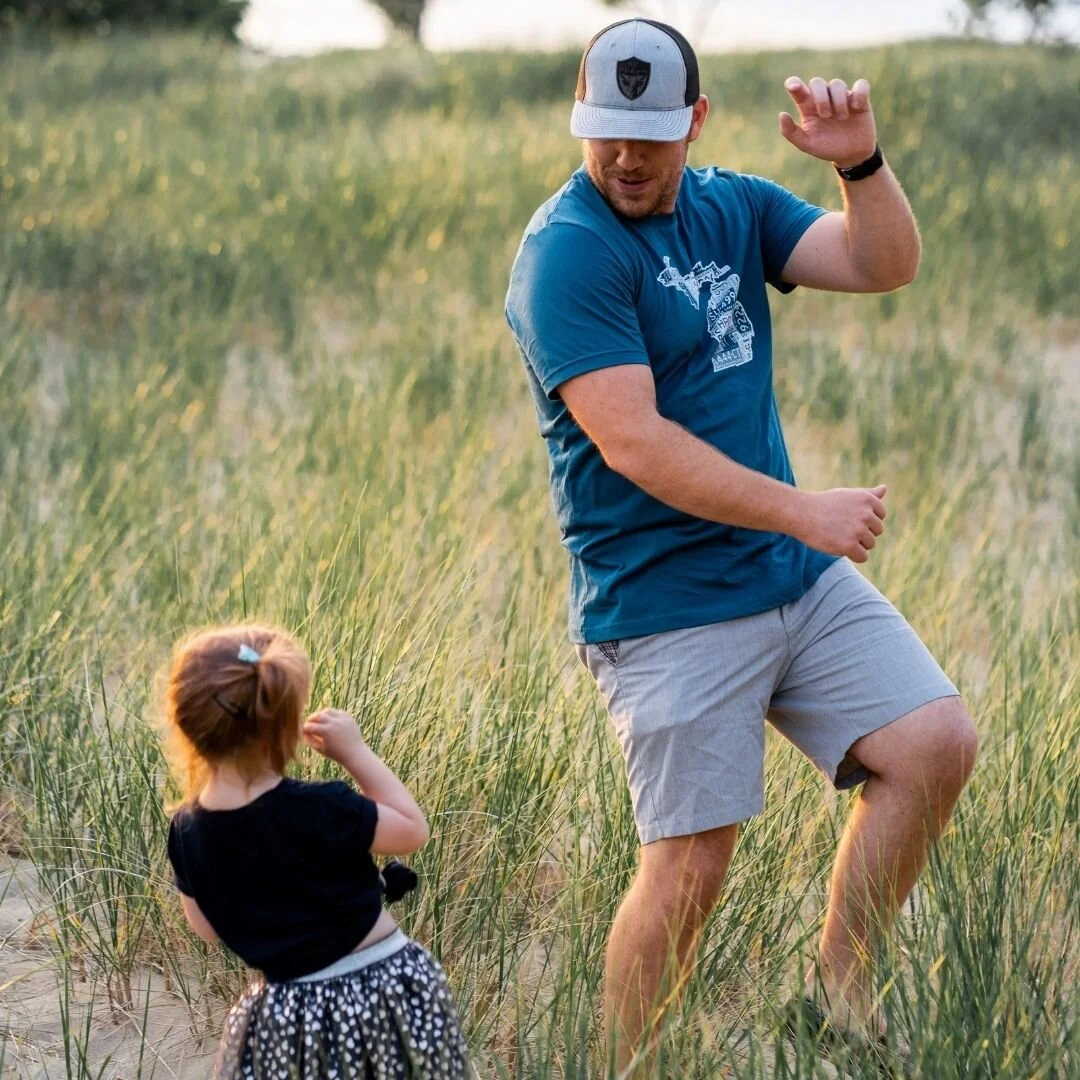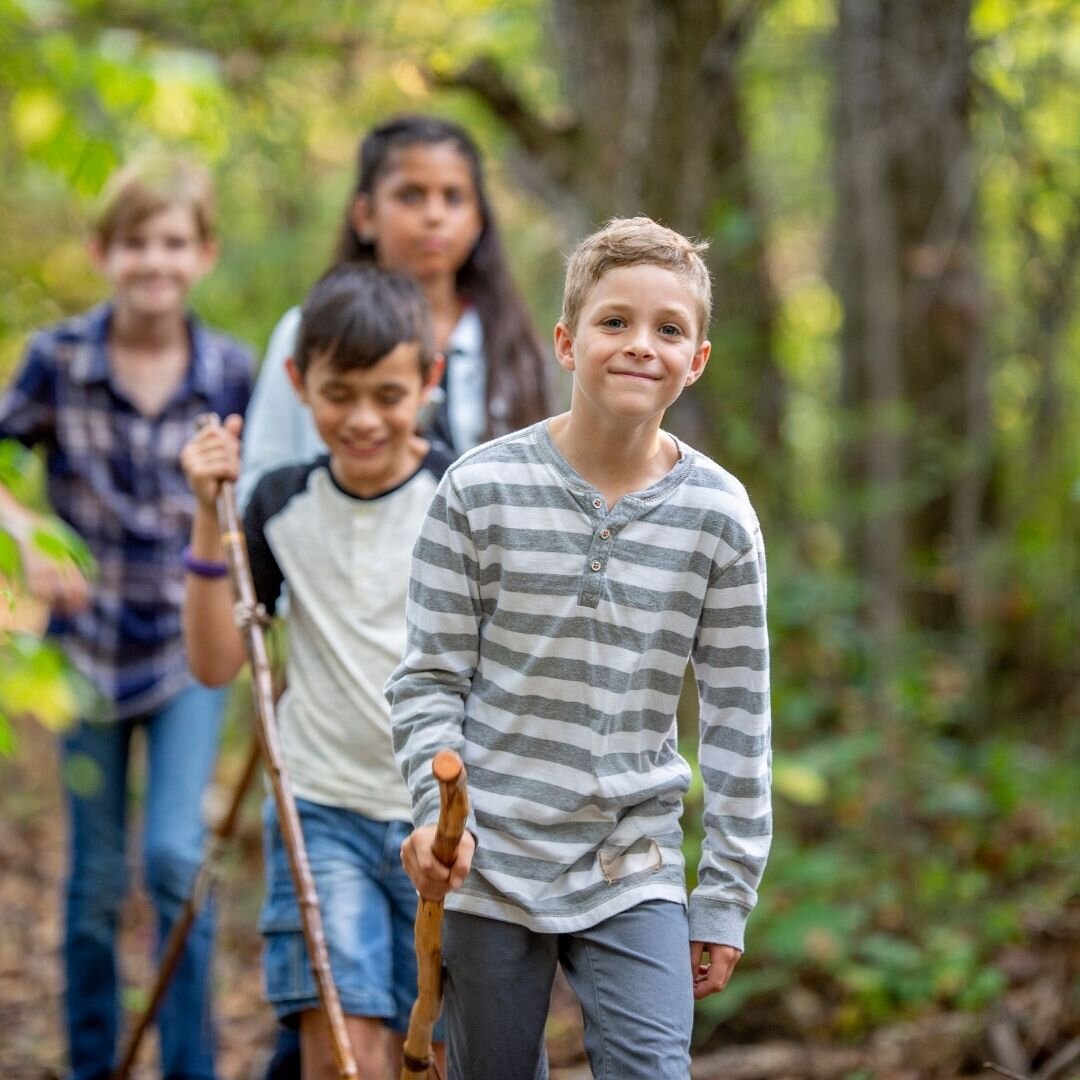Brain-Based Activities To Support Regulation
Want to help the children in your sphere of influence manage their bodies so they can minimize dysregulation, maintain engagement and maximize their ability to function well where they are?
If your answer is yes, you have come to the right place.
Dysregulated brains and bodies, not only appear to be disruptive - whether you are shopping, at a birthday party or in the classroom - but dysregulation is a symptom of a brain that has switched off its ability to connect, reflect, think, and learn.
Picture: children in tears, yelling, disproportionate emotional responses, running away, or even total shutdown. I know you have been there before. I sure have!
If you want some background information, read on. If you want activities NOW click the button below.
In my recent blog on seeing behavior with a new lens (from a neurological point of view instead of a behavioral standpoint), I stated:
“Our job as caregivers is to show up for children and through connection, help them feel safe in their bodies and learn how to engage their thinking brain to manage their responses.”
Whether your are new to this behavioral paradigm or just need a little refresher, the brain develops and works in a hierarchical fashion. At the most basic level the brainstem takes in sensory information, from inside and outside the body. The brain then sorts and processes it to form a response.
This chart summarizes the state-dependent brain model by Dr. Bruce Perry. It reflects the hierarchy of the brain and the areas of control in the sequence of engagement.
The ability to reason and reflect is a much higher level function than perceiving the environment. Reasoning takes place in the cortex - the grey matter you typically think of when you picture a brain.
According to Dan Siegel, regulation is the ability to keep the accelerator and the brakes of arousal in balance. Much of this happens at a subconscious level. The ability to override the bodies “gut response” with thoughts and strategies is something that is developed over time, with help from engaged caregivers. It is important to mention that when a child or adult has experienced trauma or prolonged responses to stress, their ability to regulate their bodies can be greatly impaired.
The sequence of engagement for the brain is: Regulate—>Relate—>Reason
When a child is in the middle of a meltdown, it is NOT the time to talk them through it or have a discussion. Their brains are not able to process verbal information. Remember, before they can think (REASON) they must feel safe in their bodies (REGULATE) and connected to their caregiver (REASON).
What does it look and feel like to be regulated? I’m glad you asked. When a child is regulated and ready for engagement, they are alert, able to make eye contact, are in control of their movement, can think, be curious, have responsive tone in their voice and can express all emotions. This is the sweet spot for connection.
Thanks to the polyvagal theory, we have come to understand that regulation and level of arousal are intimately related. From the chart at the left, you can see that as the level of arousal increases, the nervous system begins to go into fight/flight (where the thinking brain shuts down) and if extremely overwhelmed or fearful the brain goes into freeze mode (also known as shutdown or dissociation).
Without getting into too much detail, a child begins to make important associations in the mind-body connection while in the womb. Ideally, their physiological needs are met. They are surrounded by warm liquid pressing on their body. They are hearing and sensing the vibrations of their mother’s heartbeat. Ba-bump - Ba-bump - Ba-bump. This sets the stage for regulation and co-regulation throughout life.
Activities that reflect the rhythmic, repetitive, relational and rewarding nature of this positive interplay are going to foster regulation of the body. According to Bruce Perry, rhythm is one of the most powerful tools we have to help with regulation. He states, “All life is rhythmic. The rhythms of the natural world are embedded in our biological systems. “In addition, activities that help the brain organize incoming sensory information by activating the foundational proprioceptive and vestibular senses are also beneficial.
“All life is rhythmic. The rhythms of the natural world are embedded in our biological systems. ”
Here is where we can get practical. Finally! I hear you say. There are some basic principles that can help a child regain balance in their systems. If done regularly, these types of activities can help train the brain to regulate the body more easily. They can also be done in the moment to help a child’s body feel regulated.
Some activity ideas for regulation and connection:
Music - take advantage of the rhythm to either increase or decrease the level of arousal.
Call a dance party for the family or the class. Create motions for a special song and make it part of the routine.
Or if you want to calm things down cue up a classical playlist.
Coming together with rhythm and beats is a great way to join together and prepare for social engagement. Create a drum circle with a leader creating a beat that all need to copy. Over time, the leader can change the pattern and people can listen closely to mimic. Boom whackers or rhythm sticks are great for this.
Movement - Moving the body is great for regulation. Think walking or yoga or jogging. Movement breaks are a must in the classroom to keep students engaged and regulated.
If a child is struggling, take a walk with them - even better - take a walk outside. Just walk and be in the moment. This is not the time to engage unless you sense that the child is ready.
If there is a child who has difficulty staying regulated, have them do some walking errands. At school have them take something to the office - even better - have a crate of books or other heavy items that can be carried or “delivered.” Doing heavy work gives vital input to joints and tendons. At home, have them get something from upstairs.
Yoga poses. Try these cards to create fun and engaging ways to explore yoga poses. Yoga is great to help kids get in tune with their bodies, increase balance and modulate arousal levels.
Balloon volleyball - an oldie but a goodie! One child can play keep it up or bring in more kids for a team effort. Don’t let it touch the ground!
Zoom ball - a favorite with occupational therapists because it requires using both sides of the body at the same time. This rhythmic game is a fun toy to have at home or on the playground.
Rocking Chair - Having a rocking chair available at home or in the classroom is a simple way to get the rhythmic movement that many dysregulated kids crave. You many notice that some kids naturally rock themselves when distressed
Breathing Activities - Blowing is a very effective way to organize the brain. Not only is breathing the only way that we can purposely control the autonomic nervous system, breathing uses proprioception to organize the brain.
Blowing bubbles - simply blowing bubbles will do the trick. These are my favorite bubbles to use. To increase connection, take turns blowing bubbles and have your child try to pop them with their index finger.
Bubble volcano - all you need is a bowl of water, a splash of dish soap and a straw. Have the child see how high they can make the bubble volcano. You might want to do this outside or on a towel!
Breathing exercises - box breathing or rainbow breath are simple techniques that are kid friendly. Try starting the class everyday with one of these or just begin with 3 deep breaths to kick off the day.
Tactile Play- doing repetitive activities with the hands is very soothing for some children and adults.
Putty - create your own cloud dough (I like this recipe) or purchase some such as this to provide an opportunity for tactile input and repetitive, rhythmic movement.
Water beads - These are a hit with all ages. My teen daughter loves these! There is something very calming about running fingers through these smooth, cool beads. To increase the task you can hide items in the bottom of the bin.
Nature - This is one of my favorite ways to regulate and calm myself. You can’t beat the sound of a stream or the sound of wind in the trees to quiet the body.
Take a walk around the neighborhood or school.
Take a hike in the woods
Hammocking - the rocking and input to the body is very therapeutic and calming.
Go on a color scavenger hunt
Sit Spot - Have child/ren sit quietly in one spot, close their eyes and see how many sounds they can here. Can they identify more than one bird call? Or maybe they can just lay back and rest.
Hobbies - In addition to the above listed categories, there are many hobbies that are rhythmic and repetitive in nature, making them an effective way to regulate the body and mind.
Knitting or crochet
cross stitch
Painting
Whittling
felting
woodworking
This is by no means an exhaustive list of activities. Use these as a staring place for activities that work in your home environment or classroom. Be sure to let me know what you try and how it works for you.
AND…..Remember the sequence:
If you found this article helpful, please let us know and share it with anyone who might benefit.


